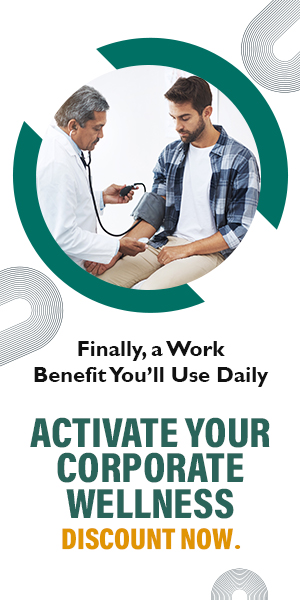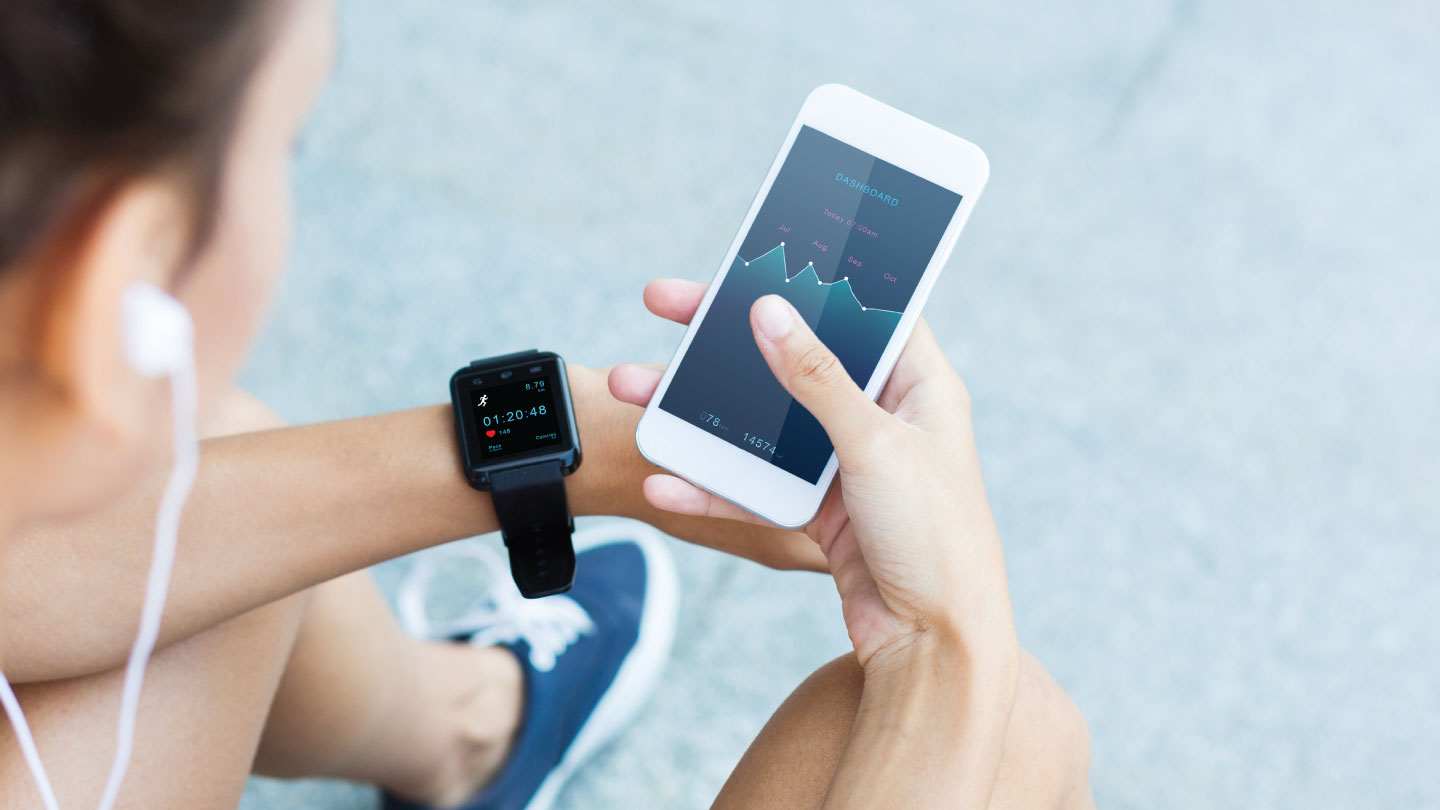Movement
Rehabilitation Therapies At UR.Life To Ease Lower Back Pain
When lower back pain persists, it interferes with your quality of life. There are multiple treatment options available for relief. Here are the ways UR.Life experts can help you ease chronic lower back pain.

There may be several reasons for the constant pain in your lower back. You might have sprained your lower back while bending over or sleeping in the wrong position. The pain might have been caused due to an old sports injury or a chronic condition such as arthritis or ankylosing spondylitis. With age, some people just wake up one day with lower back pain.
According to a 2023 study issued in the journal StatsPearl, around 12 to 33 per cent of both adult and paediatric populations worldwide experience back pain. The most common cause is mechanical or non-specific back pain. Back pain causes significant rates of disability and can be a problem that persists from childhood into adulthood.
Unlock insider access to the best movement plans for free! Sign up today.
UR.Life offers a comprehensive range of targeted medical treatments that promote optimum well-being. Our physiotherapists design customised rehab programs based on health conditions. When you come to us for a consultation, we take a holistic approach to treating you.
Related Story: 5 Quick Desk Exercises For Ergonomic Stretching
UR Life Studio offers the following programs under its Lifestyle Management and Therapeutic Programs (LMTP) unit:
- Cardiac Rehabilitation
- Pulmonary Rehabilitation
- Neuro Rehabilitation
- Ortho Rehabilitation
- Paediatric Rehabilitation
- Geriatric Rehabilitation
- Obesity Management
- Diabetes management
Related story: Common Health Problems Working At A Desk That UR.Life OHC Can Help With
At UR.Life, medical professionals ensure that routine health check-ups and health risk assessments are performed, along with posture and diet recommendations, we put your health first. Usually, lower back pain results from a strain or an injury to muscles or tendons in the back. Other causes include arthritis, structural problems, and disk injuries. Mild pain often gets better with rest, physical therapy, and medication.
Some people are more likely to have back pain than others. It can be due to several triggering points or factors such as:
- Age: People over 30 experience back pain more frequently because disks (the soft tissue that cushions the bones in the spine) wear away with age. As the discs weaken, it results in pain and stiffness.
- Weight: People who are overweight/obese or carry extra weight are more likely to have back pain as weight exerts pressure on joints and disks.
- Occupation lifestyle: Jobs and activities that require heavy lifting or bending can increase the risk of a back injury.
- Structural problems: Severe back pain can result from conditions, such as scoliosis, that change spine alignment.
- Disease: People who have a family history of osteoarthritis, certain types of cancer, and other diseases have a higher risk of low back pain.
Related Story: 5 Desk Exercise Equipment For Working Professionals
Types of lower back pain
1. Non-specific lower back pain: The cause of lower back pain can be mechanical or non-specific. A study shows that 8 in 10 people experience lower back pain and in most cases, the actual cause of the pain is unclear.
2. Sciatica: Sciatica is often a chronic condition that occurs in less than 1 case out of 20 acute low back pain when a nerve from the spinal cord (the root of the nerve) is irritated or pressed on. Further, the pain often is worsened by twisting, bending, or coughing. The pain in the leg or foot is often worse than the pain in the back. The irritation or pressure on the nerve may also cause pins and needles, numbness or weakness in part of a buttock, leg, or foot.
3. Cauda equina syndrome: Cauda equina syndrome is a rare and severe nerve root problem where the nerves at the very bottom of the spinal cord are pressed on. This disorder causes low back pain along with bowel and bladder function (the inability to urinate), numbness in and around the back passage (anus), and weakness in one or both legs.
4. Spinal stenosis: Spinal stenosis is commonly associated with the degeneration of the discs between the vertebrae. It forces the slots in your spine to contract, creating strain on the spinal cord and spinal nerves. The result is compression of the nerve roots or spinal cord resulting in numbness, weakness, and cramping legs.
5. Arthritis: Osteoarthritis is the most common type of arthritis to cause lower back pain. Ankylosing spondylitis causes lower back pain, inflammation, and stiffness in the spine.
Related story: 5 Advantages of Having An Onsite Fitness Center
Symptoms of lower back pain
The severity of the pain can range from mild to severe. Typically, the pain is in one area of the lower back but sometimes it spreads to one or both legs, buttocks, or thighs. The pain usually reduces on its own by lying down or relaxing. However, in some cases, it can be worse if you move your back, cough, or sneeze. Here are some apparent symptoms to look out for if you are experiencing lower back pain:
- Stiffness: The person may find it tough to move or straighten their back. Getting up from a seated position may take a while, and the person might feel like he/she needs to walk or stretch to loosen up.
- Posture problems: Many people with back pain may stand “hunched” or bent, with their torso off to the side rather than aligned with their spine.
- Muscle spasms: After a strain, muscles in the lower back can tighten uncontrollably. Muscle spasms can cause extreme pain and make it difficult to stand, walk or move for that matter.
Related story: Exercises To Reduce Knee Pain: UR.Life Protocol
Diagnosis
When lower back pain appears suddenly or gradually, it is advisable to approach a healthcare provider who will be able to diagnose your condition. With UR.Life Occupational Health Centers and Health Risk Assessment, you can find out which diagnostic tests will be best for your individual needs and get started right away. Physiotherapists at UR.Life will perform a physical exam to check for any injuries or broken bones. They may also analyse the cause of pain through blood tests or urine tests to detect genetic markers for some conditions (ankylosing spondylitis). Urine tests check for kidney stones, which cause pain in the flank (the sides of the low back).
Tests your healthcare provider may suggest:
- Spine X-ray: To produce images of bones using radiation.
- MRI: To create pictures of bones, muscles, tendons, and other soft tissues using a magnet and radio waves
- CT scan: To create 3D images of bones and soft tissues using X-rays and a computer
- Electromyography (EMG): Tests nerves and muscles and checks for neuropathy (nerve damage), which can cause tingling or numbness in your legs.
Related story: 10 MInutes Yoga Asanas For Back Pain
How to prevent lower back pain
You can’t prevent the lower back pain that results from degenerative conditions such as arthritis and osteoporosis. But you can avoid injuries that cause back pain. UR.Life offers effective treatment to help people with a range of injuries and conditions live pain-free and quality life. Incorporate a few lifestyle changes to prevent lower back pain and also from worsening further.
1. Stay active: Being sedentary makes the muscles around the spine and in the back weak. Keep up with your usual level of daily activity and movement. Be it a brisk 30-minute walk or a short visit to the cafe in your office every hour or using stairs. Aim to get on your feet at least three times a week.
2. Maintain a healthy weight: Excess weight puts pressure on vertebrae and discs. Shedding extra kilos will help ease the burden off the joints and spine as well. For a complete diet and exercise plan, ask your doctor for advice that may work best for you
3. Heavy-lift the right way: Some people lift heavy objects in the wrong way unintentionally. They may be in an occupation that requires them to lift heavy items or are gym enthusiasts. In any case, to avoid injuries or back pain, lift with your legs, and hold heavy items close to your body. Try not to turn your torso while you’re lifting.
4. Stretch and strengthen: Strong muscles, especially in your abdominal core, help support your back. Try to strengthen your core and the muscles around your hips to relieve lower back pain and prevent it.
5. Maintain proper posture: Maintaining good posture plays a crucial role in supporting your lower spine. Keep your head centred over your pelvis, and avoid slouching your shoulders or craning your chin forward. It reduces the strain on your lower back and keeps your spine aligned.
Related story: The Many Benefits of Physiotherapy
UR.Life (LMPT) experts can help ease lower back pain
Some people who suffer from back pain don’t get better after several weeks even after resting for a few days and using pain-relieving ointments, UR.Life experts provide a wide range of Lifestyle Management and Therapeutic Programs (LMTP) programs. The following are the USPs of LMTP:
- Holistic Rehabilitation Approach: involves the medical, physical, and mental aspects of overall health
- Telemetry Supervised Rehabilitation: a state-of-the-art technique to provide optimal health care
- Hydrotherapy
- Six Minutes Walk Test
- Hydraulics (circuit training studio)
- VO2 max testing (equipment under servicing)
- Myo motion analysis (equipment under servicing)
- Detailed Physical Assessment
- Wellbeing Counselling
- Diet Counselling
Unlock insider access to the best movement plans for free! Sign up today.
With the UR.Life Corporate Wellness programme, we help you to invest in your well-being through seamless interventions and targeted medical treatments. Our holistic wellness approach caters to all aspects of your well-being. We ensure that you can bring your whole self to work.
With our medical professionals by your side, routine health check-ups will never be an issue. Advanced laboratory technologies back UR.Life’s Occupational Health Centers (OHC), and with highly qualified experts/technicians, we’re committed to delivering trusted and quality recommendations, modifications and advice to you.
Click here to learn more about the UR.Life Corporate Wellness programme and unlock better health.
EXPLORE MORE
Instead of chasing long workouts, micro-movement shifts the focus from “Did I work out today?” to “Did I move often enough today?”
Pressed for time but craving results? These high-impact exercises burn maximum calories in minimum time, when done right.
Simple, practical fitness advice to help you feel stronger, healthier, and more consistent in 2026.
Callisthenics isn’t about flashy Instagram moves or avoiding the gym. According to celebrity fitness and lifestyle coach Krishna Sadvale, it’s one of the most practical ways to build strength, control, and confidence in your own body.






.jpg)

.jpg)
.jpg)
